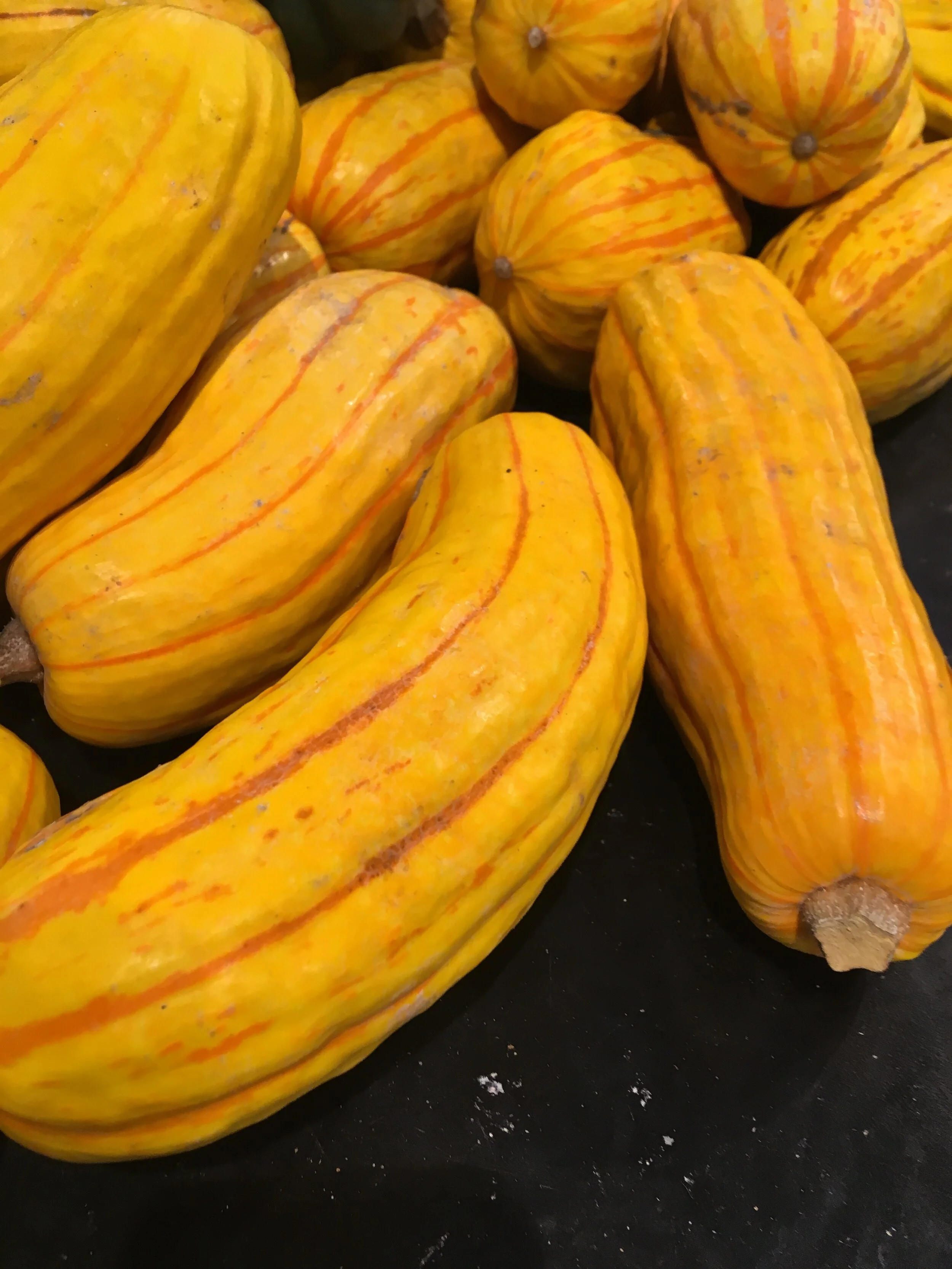It won't be long before your mailbox is filled with seed and plant catalogs of every description. These messengers of good things to come arrive at a time when most of us are up to our ankles in snow and ready for the escape these publications offer.
However, as you thumb through the pages you might run across words that are unfamiliar. These words translate to 'horticulture speak' and are put there to help you make decisions in buying the right seed or plant for your garden.
Although words in seed catalogs might seem unfamiliar, it is important to understand their meaning. Knowing what these words means can add a lot to your horticultural knowledge and make you a better informed consumer.
When shopping for perennials, the term "hardiness zone" will be encountered.
The United States is broken up into 11 hardiness zones based upon the lowest average winter temperature for the area. The zones range from zone 1--minus-50 degrees--to zone 11--plus-40 degrees.
Knowing what zone you garden in and seeing what zone the plant is hardy to will help you pick plants that should survive the winter. When you see a perennial offered for sale, don't just look at the pretty picture, make sure it is at least hardy to your zone.
Somewhere in the plant's description you will find what zones the plant is hardy to. An example could be a butterfly bush (Buddleia) that is hardy to zone 5. If you live in zone 4, you might have trouble getting it to overwinter successfully.
In that case, you might want to make another choice..
Determinate and indeterminate are words often associated with tomatoes. They refer to how large the plants get and how they grow.
Determinate types tend to stay more compact and bushy, do well in cages, and are well-suited for smaller space gardens. The indeterminate types tend to get tall and just keep getting taller over the summer. They usually require stacking to keep them off the ground. These are good for the gardener wanting tall, large plants to impress the neighbors.
Hybrid and open-pollinated are words that are used with both flowers and vegetables.
Seeds of hybrid varieties are produced by the controlled crossing of known parent plants, resulting in varieties that exhibit the best characteristics of both parents. Often they are more vigorous, have better disease resistance, are more tolerant of adverse growing conditions, better tasting, and more uniform in habit. In short, they are the best that plant breeders and seed companies have to offer.
These are well worth the extra money it costs for seed and plants. They can also be identified by an F1 accompanying the word 'hybrid.'
Open-pollinated is often associated with heirloom or antique varieties of flowers and vegetables.
They are not the result of controlled crosses. While they may not exhibit the best disease resistance or uniformity, they bring to the garden interesting plants that might have been stars in your grandmother's garden. They are well worth keeping and growing because of their flavor in the case of vegetables or fragrance in the case of flowers.
Days to harvest, usually shown in number of days, refers to the average number of days it usually takes after you set out transplants before you can expect your first harvest. This is highly variable and depends on growing conditions so take the number with a grain of salt.
Don't always count on having red tomatoes at your Fourth of July picnic even though you counted back the right number of days and planted the plants on time.
Annuals refer to plants that will die when temperatures start to get below freezing. These also need to be replanted year after year.
But beware of the plant that acts like a perennial and fools some gardeners into thinking it is a true perennial. Some annuals self-sow and drop seeds in the fall. The seed lies on the ground all winter and germinates in the spring, usually in the same location that the plant was in the previous season.
This makes many people call them perennial when, in fact, they are not. This is not a bad thing though as many annual flowers like cosmos, cleome, and snapdragon will do this and provide an attractive 'natural' garden year after year.
Award winners are often designated by terms such as AAS (All America Selections), PPA (Perennial Plant Association winner), and Fluoreselect.
This indicates that these varieties have been trialed for many years in trial gardens through the United States and have been shown to be outstanding performers. They are often worthy of a place in the garden.
Disease tolerance and disease resistance are both good things but have different meanings.
A plant listed as disease tolerant will probably get a disease common to the plant. It may not, however, be so bad as to warrant spraying and it usually does not affect appearance all that much Disease resistance means the plant has been bred to resist common disease problems and will probably not get the disease.
A common example is in roses. You will find roses listed as both disease resistant to black spot and those listed as disease tolerant to black spot.
It can be a terminology jungle within the seed catalogs, but don't let words stop you from enjoying your catalogs.



